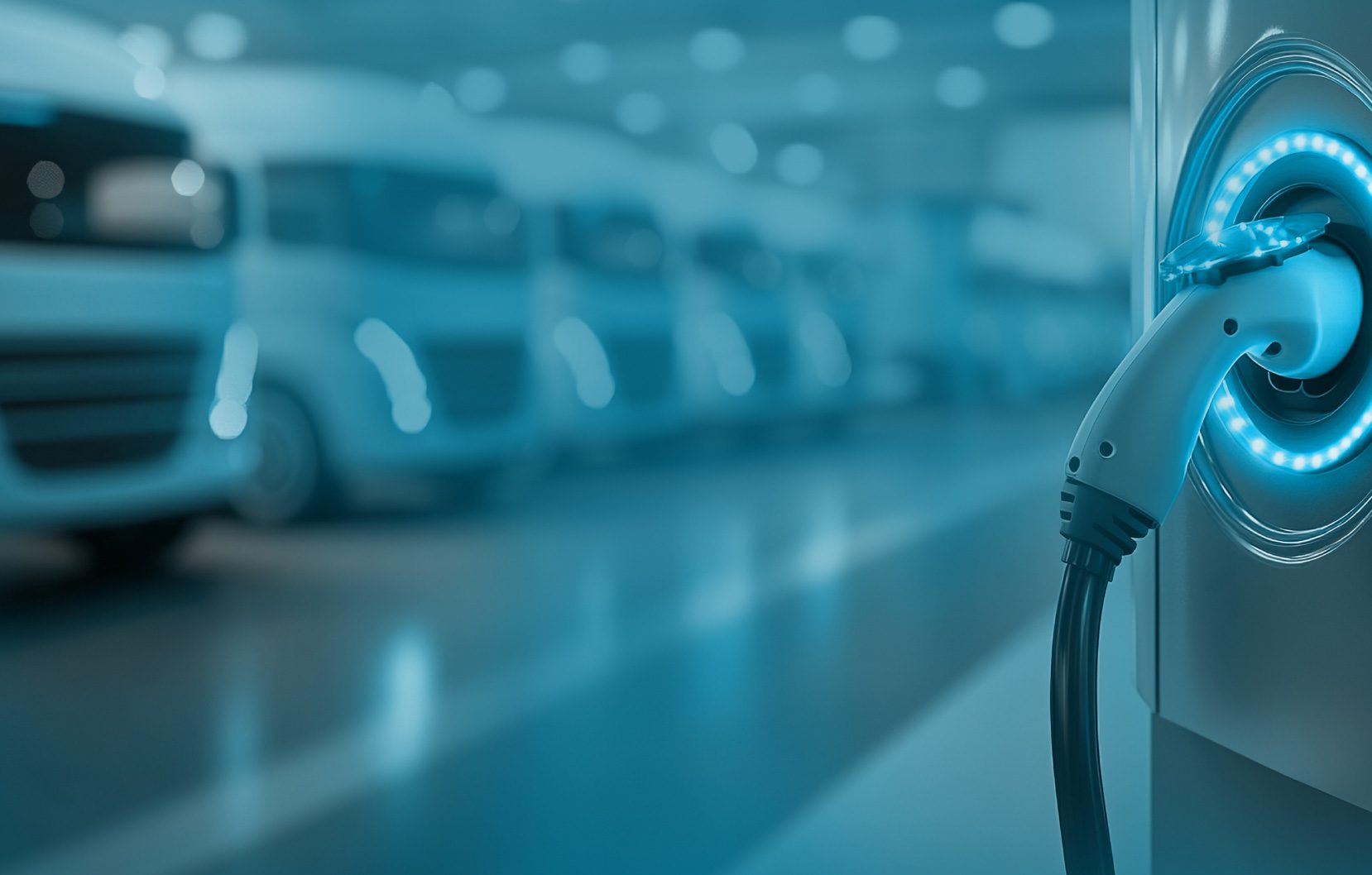The whirr of competition will replace the ear-splitting cacophony of engines and fossil-fueled adrenaline.
In April, 1936, Modern Mechanix proposed development of a racing car’s “mechanical-electrical brain,” using electrical eyes and a light beam concentrated on steel mirrors impregnated in a track bed to steer careening race cars as speeds approached “the point where human reflexes are too slow to insure safe control of the car.” In a seemingly parallel universe, both Toyota (“Intelligent Transport Systems Technology”) and Audi have unveiled “self-driver” test mules that mirror the pronouncements of 1936.
Fortunately, as the FIA prepares to launch Formula E in 2014, such Orwellian racing measures have not been contemplated. The whirr of competition will replace the ear-splitting cacophony of engines and fossil-fueled adrenaline. Yet, the FIA, in its quest for a “green” future for both the environment and a cost-controlled sanction, is underplaying the potential for leap-frogging, disruptive technologies that drive innovation in your new e-daily driver.

Image courtesy of Drayson Racing Technologies
The inherent FIA goals should be “leaner, lighter, longer.” In short, a leaner engineering platform embracing fewer and less-costly components, a lighter car using space age composites, and longer racing stints, driven by safe, super-fast-charging reminiscent of the time necessary to fossil-fuel “Old Economy” racers. As the new e-Formula prepares its launch in Rio and Rome, with 10 teams outfitted with sleek-footed flyers capable of jackrabbit starts (0-100 km/h in under three seconds) and top speeds of 220 km/h, claims of an open technology rule book may be premature. To its credit, the FIA is enabling Spark Technology to supply cars equipped with McLaren power trains. Mirroring F1, the goal will ultimately be bespoke team race car designs with futuristic drive-trains. We have seen unusual creations in the past, with a “sucker car” with a fan, six-wheelers, and rear wings perched like sky-hooks. It’s encouraging that Lord Drayson has stepped up with a team deal, particularly as his designers have extensive experience with electric drivetrains and the travails of developing the 200 mph electric LeMans prototype.
But while the evolving rule book seems to be “open,” limiting batteries to a weight of 300 kg and road circuit cars powered exclusively by electrical energy, the racing enigma of relay cars in the pit lane, rather than battery changes (perfected by university teams such as e-Bobcat), or safe, innovative supercharging of batteries, seems to underscore what Bernie Ecclestone called disparagingly “ballet dancers in sneakers.” Racing, maybe, but without the sound and the fury? (Lest anyone believe that all e-racers are silent, well, in an unrelated context, the 2011 Nissan LEAF Nismo RC concept was characterized as shrieking like a jet engine.) Non-stop racing, yes, but hardly the technology transfer needed for super-fast and safe charging stations.
What is really needed is a streamlined rule book that exploits innovation in three key areas:
Rare Earth Components
Allow considerable latitude in choice of both off-the-shelf solutions and the potential for disruptive technologies similar to the challenges faced by the tire industry in creating synthetic rubber. The up-cycling of plastic bags into carbon nanotubes, for example, has implications for making next-gen lithium batteries. And before we spiral into the quest for “conflict lithium” (Afghanistan may have the world’s largest deposits, as noted in the scientific literature and a Royal Geographical Society geology map of the war-torn country), automotive manufacturers and OEMs need to explore futuristic alternatives. The truly rare commodity for plug-ins is not lithium, but lanthanides. These are rare earth metals that are a key ingredient in nickel metal hydride batteries, with China presently controlling an estimated 95 percent. Some hybrids use about 25 pounds of these materials in each vehicle. Hence, China is poised to become the world’s largest EV/hybrid producing country. Moreover, China is the major player in rare earth magnets, which many of today’s EV motors use to provide torque to the wheels. Alternatives need to be developed through racing research. QM Power, for example, is working with iron-based magnetics, essentially changing the need to low-or-no rare-earth content. Goal: create a cost-efficient EV motor with a rough equivalent of just under 300 horsepower. As battery mass decreases, the weight-to-power ratio gets racy in a hurry. In short, the new racing series should encourage innovation that leads to access to raw materials and a democratization across the technology/digital divide that would jump-start production of low-cost EVs globally. New materials mean new markets.
Underbelly of the Beast
The devil is in the details, which, in F1, has always been closely-guarded team secrets of specially-designed barge boards, keels, purpose-built front A-arms, and the naughty bits of carbon fiber that exploit any advantage of blurred rules. A rarefied skateboard chassis concept could limit some costs, but engineers should be afforded the freedom to innovate beneath the e-racer and with transmissions. (Quimera, separately, has implemented what some have called the “Holy Grail of e-Motorsports” – a luscious six-speed transmission.) In an idealized scenario, aerodynamicists would be left to their own devices, which would likely lead to breakthroughs for better aero packages in the EV in your garage, equating to less distance anxiety. Wind tunnel studies, 24/7, that include revisiting the aero-evolution of insects, could pay real-time dividends in lean manufacturing of next-gen EVs.
The Internet of Things (IoT)
A brave new world of networked smart devices with spectrum/radio frequency ID, a near-baffling array of sensors, connected to Web-generation x, all without cogent human intervention. Sir Jackie Stewart characterized the auto as the closest machine to human; racers and fans alike could have controlled access to biometrics, ideal apex for each driver’s style and speed. It’s a short leap from current automotive monitoring and, for example, insulin levels in a race car driver to embedded human technologies linked to flocks of special-purpose satellites. The newly-proposed KickSats, for example, are about the size of the contact patch of the average racing tire and roughly as thin. The definition of ecosystem will be writ large, as cars react to track and human conditions with a plethora of prognostics, prototype electronics, and robotic prosthetics. “Bandwidth,” the bane of today’s standard car design, might be solved in the array of approaches to exploiting electrons as fuel.
Even the e-racer will potentially be a part of a smart grid, sharing and exchanging much needed or excess electrons on the Street Circuit of Tomorrow. The emerging youthful and techno-savvy fans will likely drive early adoption, and, therefore, present a fertile consumer base for the electric/hydrogen hybrid of the near future – perhaps as early as 2020, if estimates of 50 million machines in IoT concert come to fruition. Google is future-focused, with its computer-camera laden self-driver already logging 300,000 crashless miles.
The possibilities for innovation are endless. e-Motorsports teams could share open-source software innovation stored in a secure but common “cloud;” experiment with selective laser melting, futuristic materials, and nanotube technologies; and offer new insights into tire development – often 50 percent of the R&D costs in motorsports.
Finally, back to the future: “Smart tracks” foreshadowed in 1936 could monitor human factors such as the ultimate racing line under varying g-forces and aero-loading, particularly for multiple apexes, and exploit the human-vehicle interface with wearable technologies, heads-up displays, and electron-sharing with a smart grid. Moreover, the litmus test of lithium and rare earth magnets could change, as e-Motorsports follows the pathway of cellular phones, both in technology leap-frogging and battery recharging cycles.
Bill Vartorella writes on the business of motorsports and next-gen automobiles. He is a past presenter at the IEEE first international EV conference and Grand Prix Business’s global sponsorship symposium. He belongs to IEEE Electric Vehicular Technology Society, has had stints doing “pace notes” for an amateur rally driver and as corporate associate sponsor of an electric, open-wheel race car. He is the co-author of Funding Exploration, the standard text for non-governmental financial support for science and engineering projects. Recent publications include funding strategies for next-gen satellites and commercial space ventures and what we can expect in EV, hydrogen, and hybrid cars in Hollywood film.

Issue: MAR/APR 2013





















































































